#The Metropolitan Museum Of Art
Photo

Candlestick (one of a set of eight). 1768/69. Credit line: Gift of Mrs. Charles Wrightsman, 2012 https://www.metmuseum.org/art/collection/search/239000
#aesthetic#art#abstract art#art museum#art history#The Metropolitan Museum of Art#museum#museum photography#museum aesthetic#dark academia
50 notes
·
View notes
Text
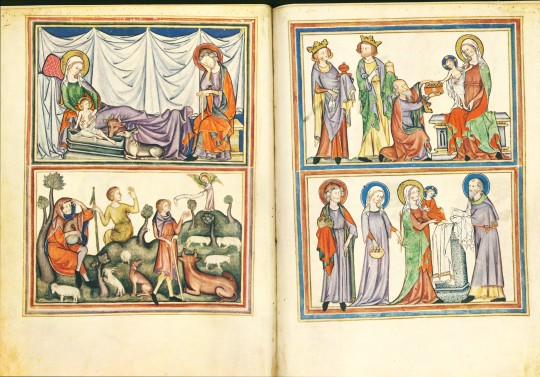
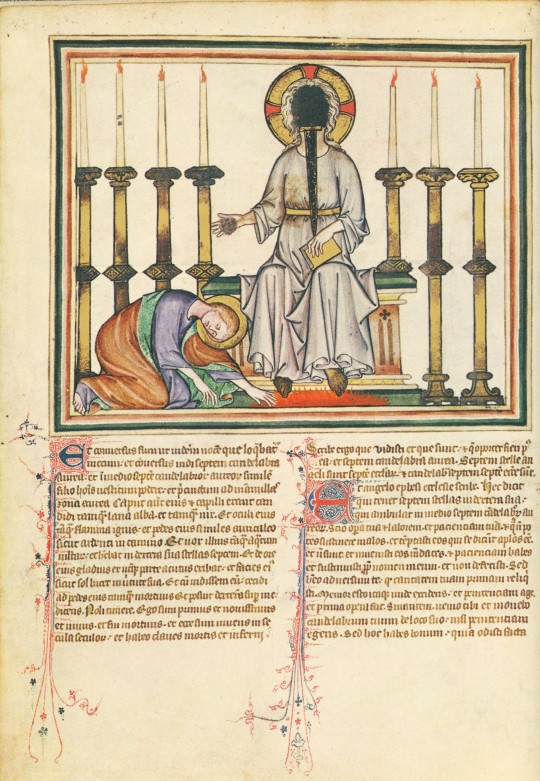



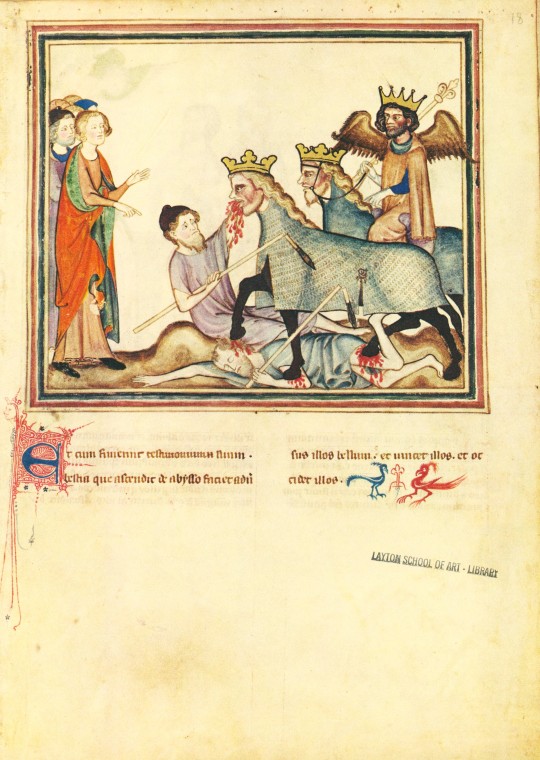
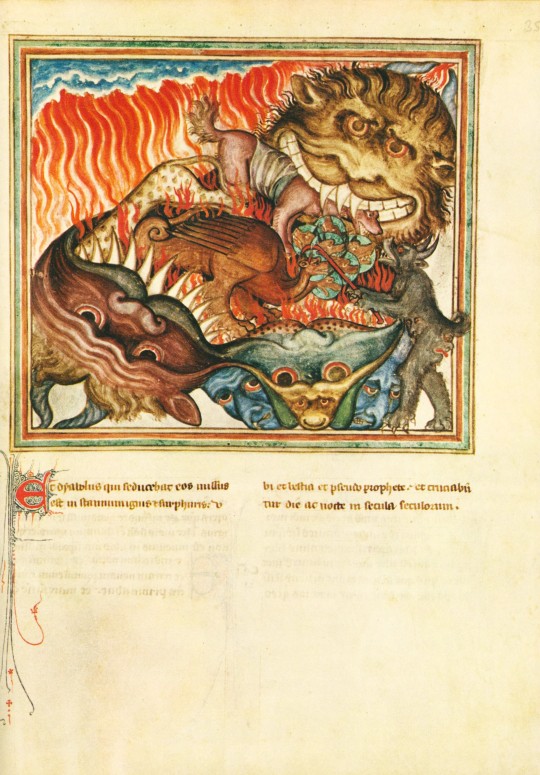

An Apocalyptic Manuscript Monday
This week we present our facsimile of the 14th-century Cloisters Apocalypse, published in 1971 by the Metropolitan Museum of Art in New York. As described in the introduction to the commentary about the manuscript, “[famine], pestilence, strife, and untimely death inspired apocalyptic fantasies and movements in Europe throughout the Middle Ages” (page 9), and this environmental influence led to the popularity of apocalyptic manuscripts like this French Apocalypse. Made in the 1330s for a Norman aristocratic couple, this manuscript has a few interesting details that set it apart from other Apocalypses, especially in relation to two other manuscripts in London (British Library, Add. Ms. 17333) and Paris (Bibliothèque Nationale, ms. Lat. 14410) that share similar formats, styles, and sequences with the Cloisters manuscript.
The first unique detail is the prefatory cycle of the life of Jesus in the introductory folios (1-2 verso). Since the Apocalypse of St. John the Divine (also known as the book of Revelation) was written by a titular St. John, prefatory cycles in Apocalypses usually consist of his life, rather than Christ’s. The other aspect of this manuscript that makes it distinct amongst its sister manuscripts is the addition of a dedication page on folio 38 verso. This page shows a man and woman kneeling in front of a tonsured saint and the Virgin and Child, respectively, representing the people for whom this manuscript was originally made for.

Interestingly, this manuscript also has multiple pages added to the original manuscript. Pasted on the inside front cover are handwritten provenance notes. The manuscript also did not originally include chapters and verses 16:14 through 20:3, and pages with this text were later added to the manuscript after the dedication page.
The materials used to create this manuscript include tempera, gold, silver, and ink on parchment with a later leather binding. If you are interested in seeing this unique Apocalypse manuscript, you can either use our facsimile, visit Gallery 13 of the Metropolitan Museum of Art’s Cloisters where the original is on display, or view their digital presentation of the manuscript.
View other posts on our facsimiles of illuminated manuscripts.
– Sarah S., Special Collections Graduate Intern
#manuscript monday#apocalypse#cloisters apocalypse#the cloisters#met#the metropolitan museum of art#manuscripts#illuminated manuscripts#french manuscripts#book of revelation#Revelation of St. John#facsimiles#manuscript facsimiles#Sarah S.
40 notes
·
View notes
Text
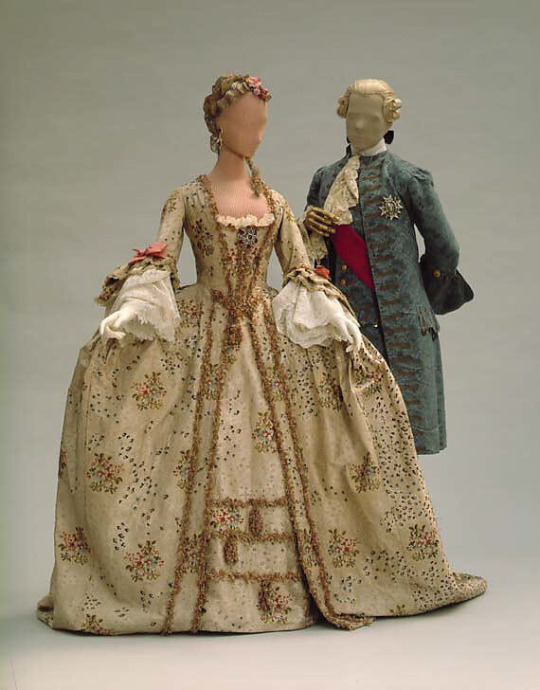
1740s
#historical fashion#fashion#historical#history#historical clothing#historical dress#long dress#textiles#textile#old fashioned#high fashion#dress#dresses#18th century art#18th century fashion#18th century#1740s#early 1700s#1700s fashion#rococo#rococo fashion#the metropolitan museum of art#artwork#art
35 notes
·
View notes
Photo
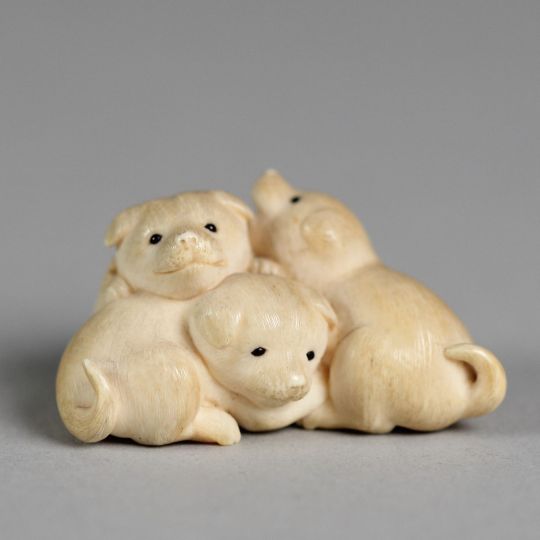
Three Puppies - Japan, 18th century
19K notes
·
View notes
Text




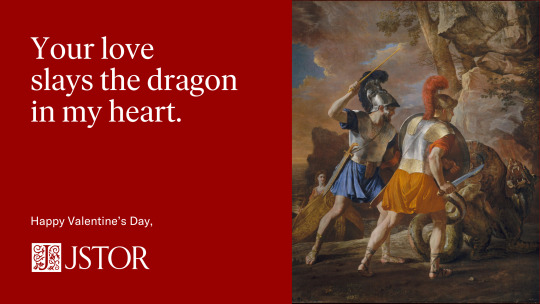
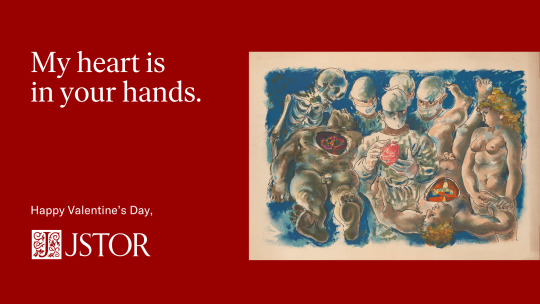


Roses are red, violets are blue... have some Valentine's Day cards, from JSTOR to you! 💌 Each card features a lovely image from Artstor on JSTOR.
Images courtesy of Wellcome Collection and The Metropolitan Museum of Art.
2K notes
·
View notes
Text

18th century indian dagger and sheath
1K notes
·
View notes
Text
is this Anything ?

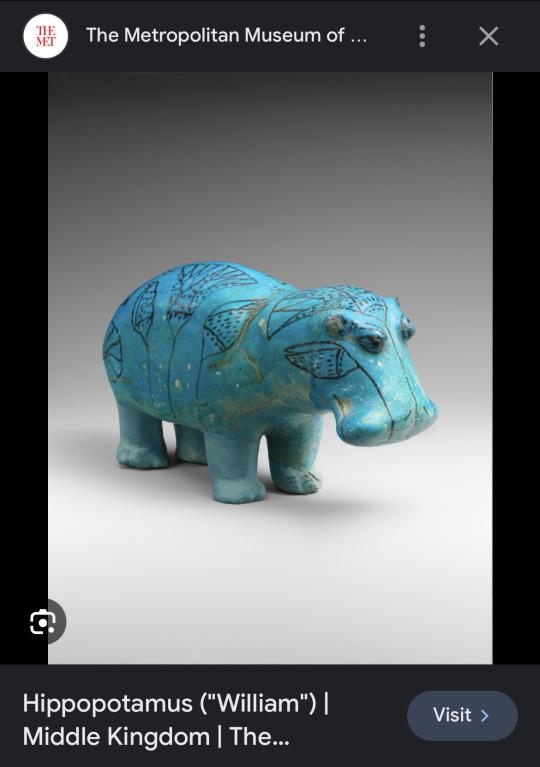
816 notes
·
View notes
Text

Charles Ethan Porter (1847-1923)
"Untitled (Cracked Watermelon)" (c. 1890)
Oil on canvas
Located in the Metropolitan Museum of Art, New York City, New York, United States
Porter was among the first African American artists to exhibit his work nationally and the only one to specialize in still lifes. The painting's subject—originally an African gourd brought to the New World by seventeenth-century Spaniards and cultivated by colonists—is significant. Porter chose to paint a watermelon, an earlier symbol of American abundance—and during the Civil War period one particularly associated with free Blacks—when it was increasingly defined by virulent stereotyping. By reclaiming the subject in artistic terms, Porter challenged a contemporary racist trope.
#paintings#art#artwork#still life painting#watermelon#charles ethan porter#oil on canvas#fine art#the metropolitan museum of art#the met#museum#art gallery#american artist#african amerian artist#black artists#history#art analysis#freedom#fruit#fruits#food#1890s#late 1800s#late 19th century
817 notes
·
View notes
Text


Portions of a Ceremonial Armor | French | The Metropolitan Museum of Art (metmuseum.org)
459 notes
·
View notes
Text


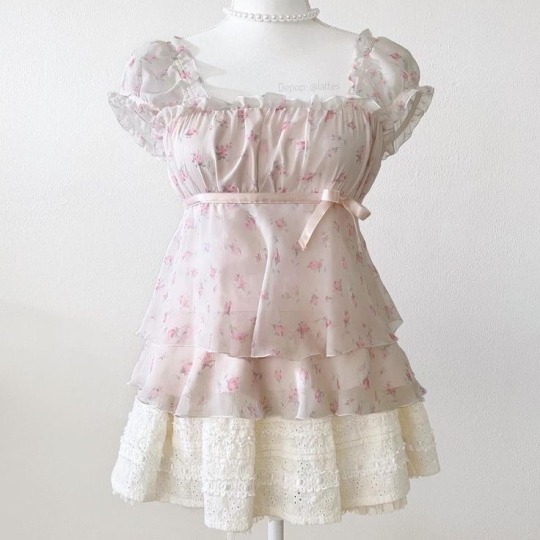

I love love love!! ૮꒰˶´ ˘ `˶꒱ა
#coquette aesthetic#girl interrupted syndrome#girl blogging#girlblogging#coquette#girl bloggers#female hysteria#coochieholder🎀#femcel#gloomy coquette#poc coquette#this is a girl blog#this is why i love scream queens#tumblr themes#the metropolitan museum of art#random tags#lana del rey#strawberry shortcake#tumblr 2014#tumblr girls#girlblog aesthetic#dollete core#dollete#dollete aesthetic#girly girl#pink girl#pinkcore#pink blog#i love other girls#i love girls
340 notes
·
View notes
Text

Henri Matisse (Fr. 1869–1954)
Pansies (1903)
Oil on paper on cardboard (49 × 45 cm)
443 notes
·
View notes
Photo

Textile with Pomegranate Design. 15th century. Credit line: Theodore M. Davis Collection, Bequest of Theodore M. Davis, 1915 https://www.metmuseum.org/art/collection/search/467405
#aesthetic#art#abstract art#art museum#art history#The Metropolitan Museum of Art#museum#museum photography#museum aesthetic#dark academia
32 notes
·
View notes
Text

Panel with a Griffin / Byzantine
1K notes
·
View notes
Text
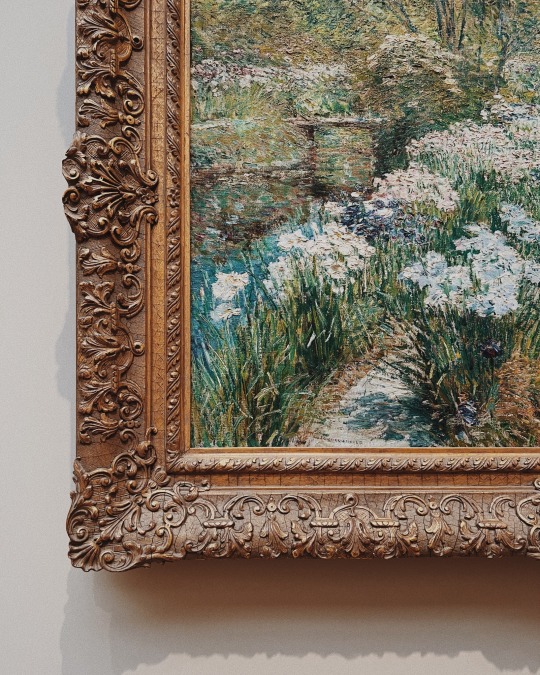
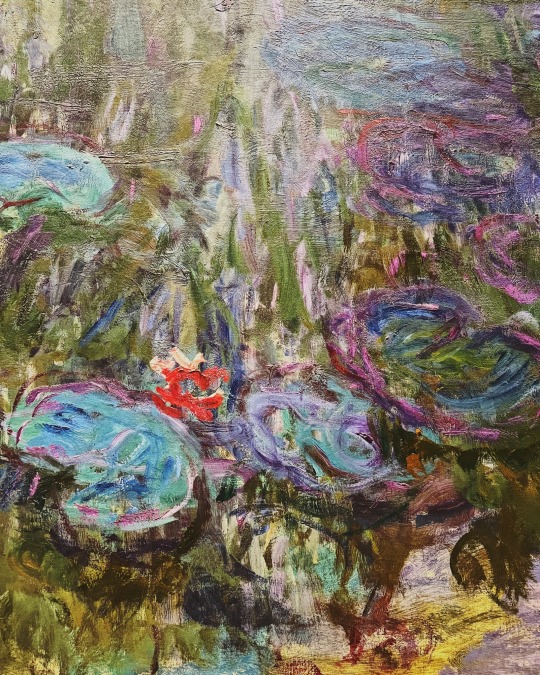




flowers in art, details xx
#art#painting detail#flowers#floral#still life#the Met#the metropolitan museum of art#art gallery#art museum#art detail#art history#mine#my photos#art academia#art academia aesthetic#dark academia#dark academia aesthetic#light academia#romantic academia#academia aesthetic#queue
835 notes
·
View notes
Text

Anton Mauve (Dutch, Zaandam 1838–1888 Arnhem). Changing Pasture. ca. 1880. Oil on canvas, 24 x 39 5/8 in. (61 x 100.6 cm).
Open and available to all on JSTOR, courtesy of the Metropolitan Museum of Art.
#saw this in person at the met a couple of weeks ago and almost shed a tear#jstor#art#oil painting#the metropolitan museum of art#dutch art#european art#19th century art
276 notes
·
View notes
Photo

via @sj.bleau
880 notes
·
View notes